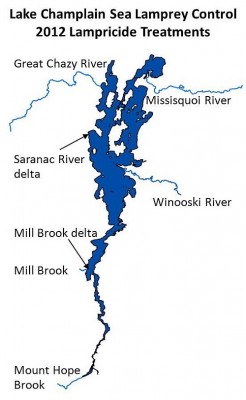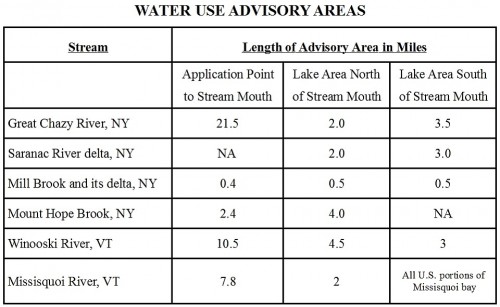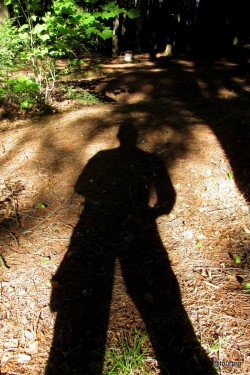Dragonfly Larvae from Adirondack Lakes to be Analyzed
The Adirondack Lakes Survey Corporation (ALSC) recently completed collections of dragonfly larvae in acid rain sensitive Adirondack surface waters.
ALSC staff assisted Dr. Sarah Nelson of the University of Maine Mitchell Center & School of Forest Resources, and collaborators at the SERC Institute, Maine Sea Grant, the USGS Mercury Research Lab, and Dartmouth College, who have been developing the concept of using dragonfly larvae as bio-sentinels for mercury concentrations in northeast lakes and streams. Dragonfly larvae or immature dragonflies live in the water for the first year or years of their lives.
“This project easily fit our mission as an organization,” says James Dukett, Program Manager of the ALSC. “We were happy to participate, and look forward to Dr. Nelson’s mercury analysis of dragonfly larvae.”
The project will study dragonfly larvae mercury and lake water mercury in a statistical set of lakes across the Northeast (New England states plus New York).
“Our work has been using dragonfly larvae as bio-sentinels – to help us understand which types of watersheds and waterbodies seem to have greater mercury,” said Dr. Nelson. “The work will help us understand if we can model mercury sensitivity in lakes and their food webs, and if dragonfly larvae are good indicators of that sensitivity.”
Mercury is a natural element but is found in elevated levels in Maine and many locations across the country due largely to fossil fuel emissions. Mercury travels far in the atmosphere and often lands in distant environments from where it is emitted including remote locations worldwide. Scientists are unable to predict which lakes or streams might have high or low mercury because it has a complex cycle both getting to waterbodies and once it’s in the water.
The lakes that were sampled are part of the ALSC’s Adirondack Long-Term Monitoring program, which receives support from the New York State Energy Research Development Authority, New York State Department of Environmental Conservation, and the United States Environmental Protection Agency.
The ALSC is a 501c3 nonprofit organization with headquarters in Ray Brook, New York. The ALSC has collected, analyzed, prepared data, and worked with the scientific community for over 25 years on projects related to monitoring the conditions in the natural ecosystems of the Adirondack Park and New York State.
The data collected and analyzed by the ALSC has and continues to be utilized as one of the major sources for the development of both State and Federal policies on emission control and air transport regulations. Sampling, chemistry analysis, and data products include water, fish, snow, and cloud collections on acid deposition research projects.







